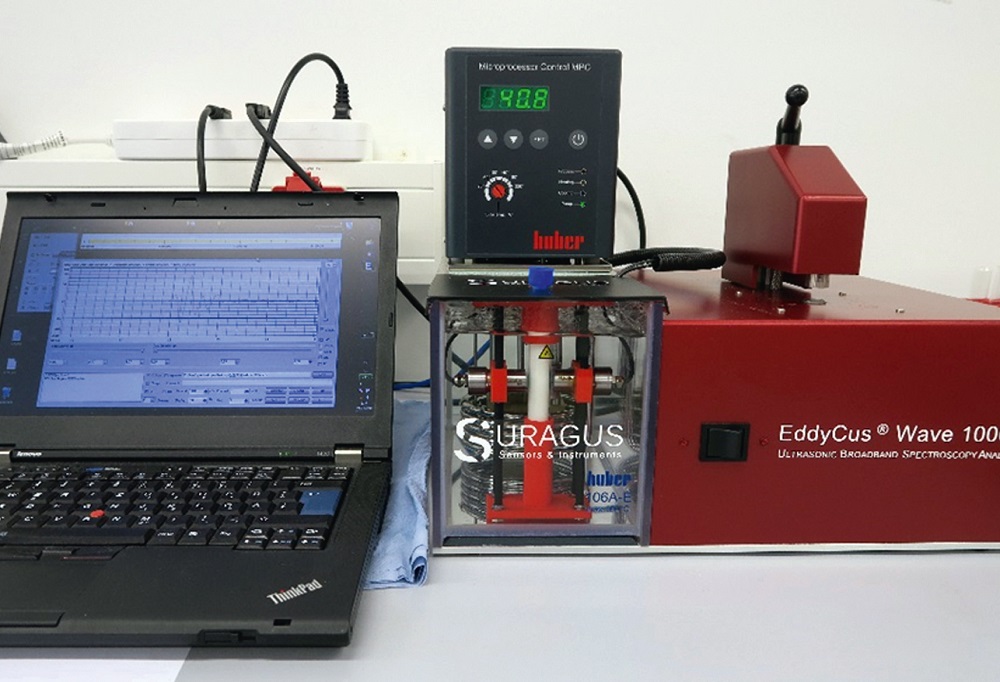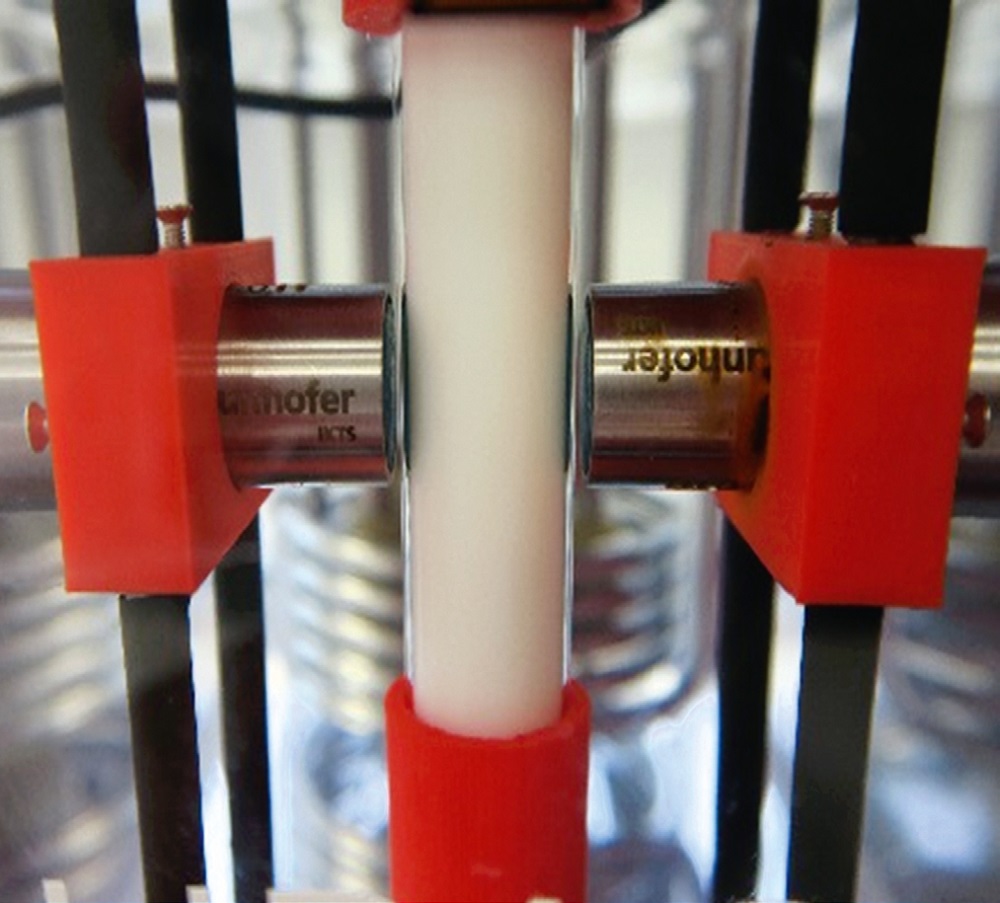
Acoustic and inductive electrical impedance spectroscopy
Current research



Impedance is the resistance of a material to the propagation of a wave. A wave can be of mechanical (e.g., ultrasound) or electromagnetic nature. The impedance is referred to as the acoustic impedance in the first case and the electrical impedance in the latter case. The impedance contains a significant amount of valuable information for describing the state of a medium. By investigating the acoustic impedance, which is influenced by the density, Young‘s modulus, and attenuation effects, it is possible to analyze changes in material properties, such as particle or cell size, weight, viscosity, or molecular chain lengths. Electrical impedance spectroscopy responds to changes in electrical conductivity and dielectric properties, such as ionic concentration, displacement of charges, and polarization effects. With a spectroscopic approach employing both methods, i.e., measurement of both the electrical and the acoustic impedance over a wide frequency range, influences, e.g., resulting from resonance effects can be measured.
For performing acoustic impedance measurements, a broadband ultrasonic spectrometer with transmission of an ultrasonic wave through a test tube via two sensors (Figure 1) was developed at Fraunhofer IKTS on the basis of the PCUS® system platform. In the past, electrical impedance measurements required direct electrode contact between the probe and the material to be investigated or a capacitive approach with an open capacitor structure. Both approaches require direct contact between the medium and the sensor, whereas the sensor range (measurable sample volume) is low. The impedance measurement technique developed at Fraunhofer IKTS and based on the EddyCus® high-frequency eddy current technique also developed at the institute overcomes this obstacle. For the measurement, coils with alternating current flowing through them (Figure 2) are used, with no direct contact with the sensor being required.
In cooperation with the Fraunhofer Institute for Cell Therapy and Immunology IZI in Leipzig, applications for long-term evaluation of biochemical processes were investigated. With the technique, changes in blood cells can be observed through a container wall in a non-contact manner. In the future, the range of applications will be expanded to include long-term monitoring of polymer materials and ceramics.